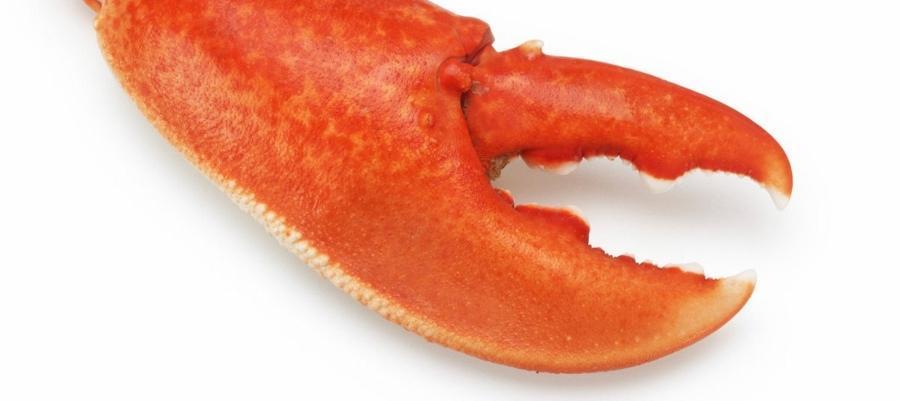Lobster is a beloved seafood delicacy; many delicious dishes call for fresh lobster meat. Here's a helpful guide on how to properly cook and extract the meat from a whole lobster at home:
How to Cook and Extract Lobster Meat: A Step-by-Step Guide
Cooking the Lobster:
- Prepare the Lobster: It's crucial to start with a live lobster. Grasp it firmly by the back and plunge it headfirst into a pot of rapidly boiling water. Ensure there's enough water to submerge the lobster completely.
- Boil and Simmer: Bring the water to a rapid boil for 5 minutes. Then, reduce the heat to a simmer or move the pot to a cooler part of the stove and cook slowly for 30 minutes.
- Cool the Lobster: Remove the cooked lobster from the water and let it cool completely before handling.
Serving a Whole Lobster:
A cooked lobster can be served cold or used in various recipes. When serving it whole, the shell is typically split open, and the lobster is accompanied by mayonnaise or another preferred sauce. Diners use a small fork to extract the meat directly from the shell.
Extracting the Lobster Meat:
- Remove Claws and Tail: First, detach the two large claws and the four pairs of smaller claws. Then, break the tail away from the body.
- Extract Tail Meat: Using kitchen shears or scissors, make a single cut along the underside of the tail shell, running its entire length. Carefully remove the tail meat in one large piece.
- Remove Intestinal Tract: Locate the dark intestinal tract (or vein) running along the length of the tail meat. Make a shallow cut along the meat and remove the tract.
- Extract Body Meat: Remove the meat from the body cavity, keeping only the fibrous portions similar in texture to the tail meat. Discard the stomach (the small sac near the head). Carefully extract all the meat from the bony areas of the body.
- Extract Coral (Roe): If present, remove the coral (the lobster's roe or eggs). This can be used as a garnish.
- Extract Claw Meat: Carefully crack open the large claws with a nutcracker or small hammer. Remove the meat inside. If you intend to use the tiny claws as a garnish, extract the meat without breaking the shells; otherwise, crack them open like the more enormous claws.
Share This Article on Social Media


